Scientists Discover New Lifeform Living in Utah’s Great Salt Lake
Scientists from the University of Utah have shared the results of a groundbreaking study that details their discovery of a previously unidentified animal species living in the extremely saline waters of Utah’s Great Salt Lake.
The researchers discovered a multicellular lifeform in the lake that can withstand the high amount of salt in the water. This discovery may provide valuable insight into animals that can thrive in such inhospitable conditions.
Utah's Great Salt Lake
Located in the state of Utah, the Great Salt Lake covers a significant amount of territory, stretching for a staggering 2734 square miles, making it the largest saltwater lake in the Western Hemisphere.
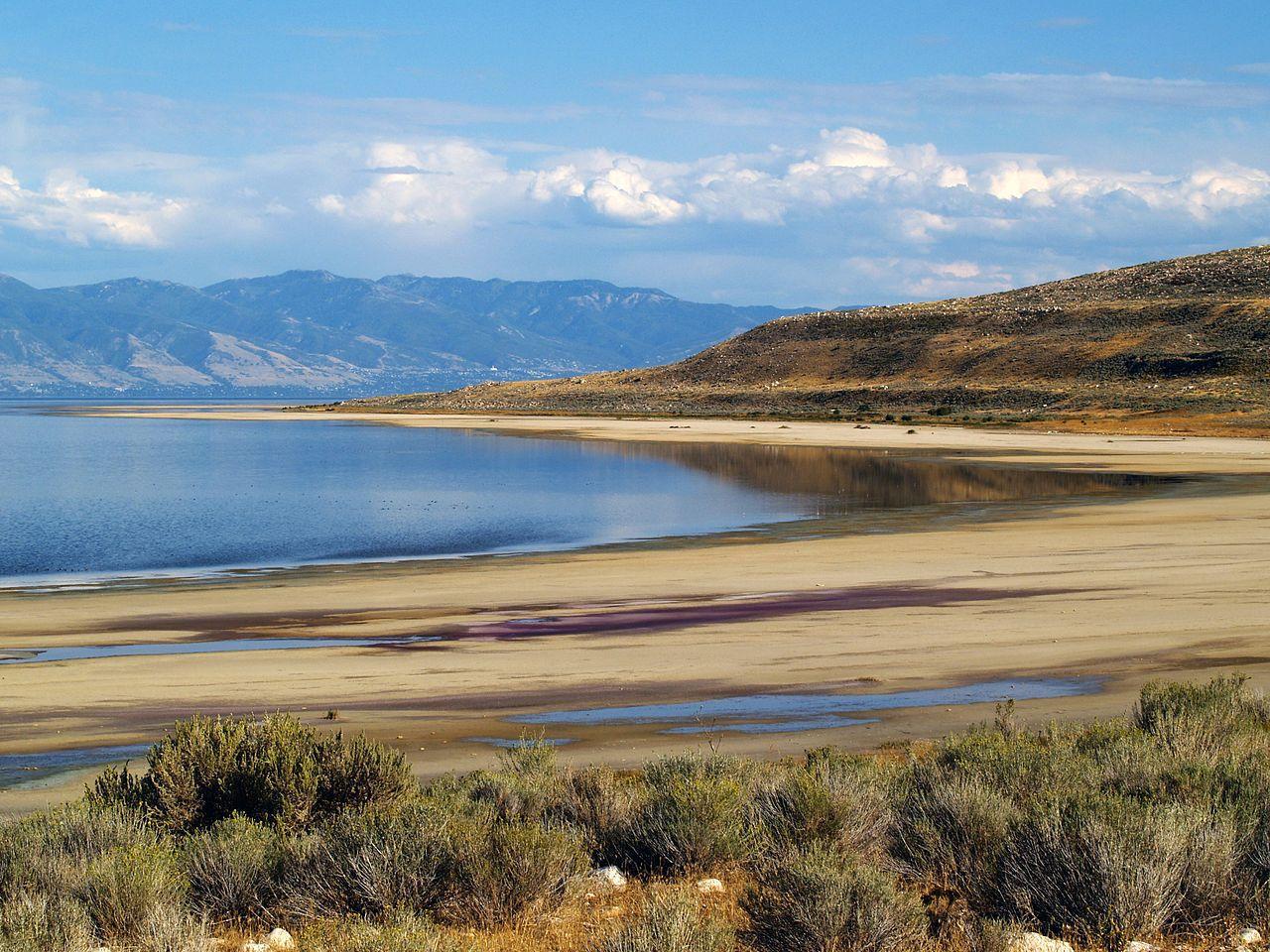
Source: Wikimedia
The Great Salt Lake offers tourists the opportunity to enjoy the unique scenery surrounding the area and swim in its saline waters.
What Lives in the Great Salt Lake?
Despite its enormous size, the Great Salt Lake is only home to two animals barely larger than a cell: brine flies and brine shrimp.
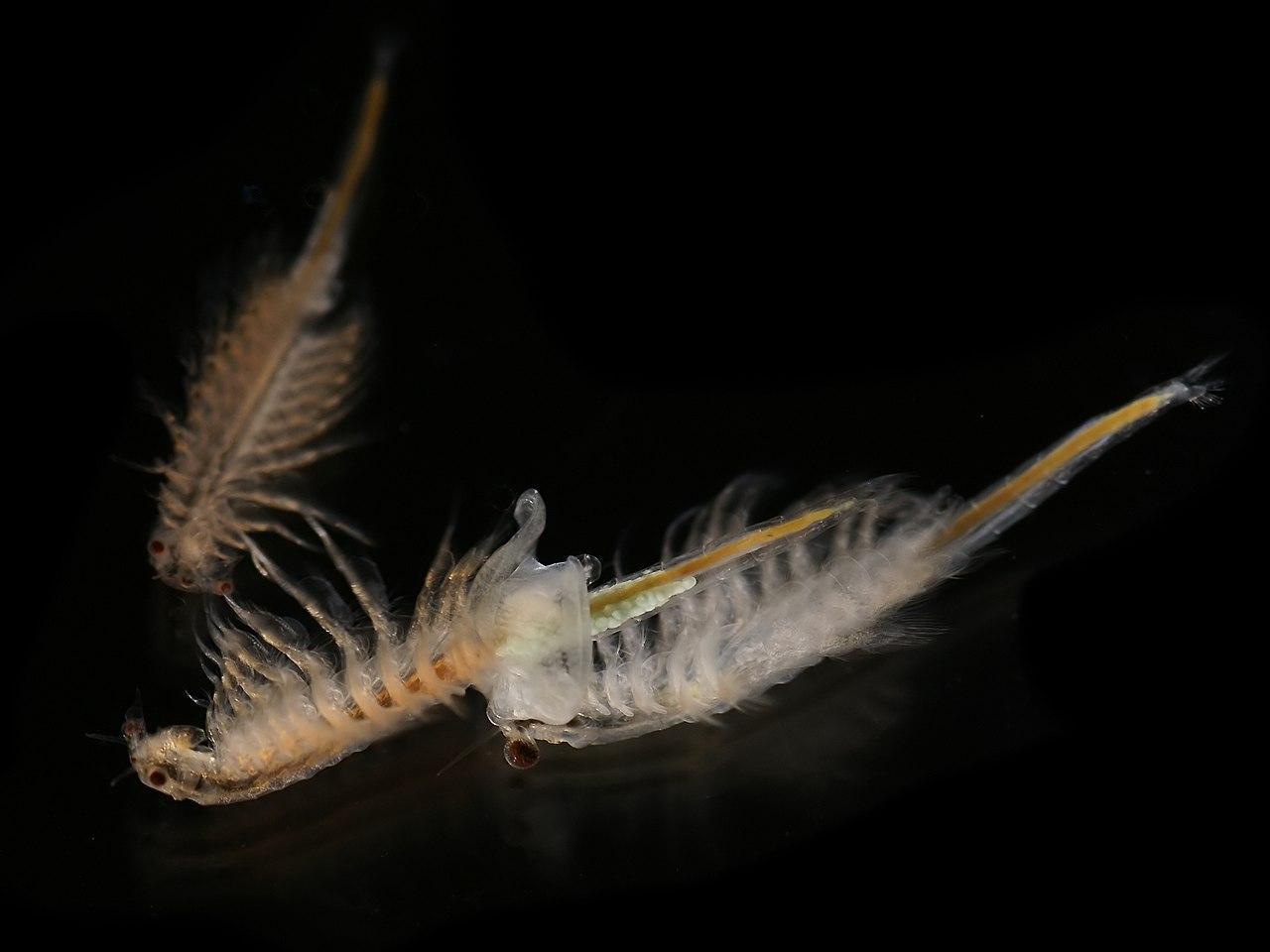
Source: Wikimedia
The lake is inhospitable to most animals, due to its high salt content. However, in rare cases such as with the the shrimp and flies present in the waters, they managed to adapt to saline conditions over an extended period.
The Discovery of a New Animal in the Great Salt Lake
In addition to the two animals, a plethora of single-celled organisms, such as bacteria and algae, have adapted to live in the lake’s salty waters.
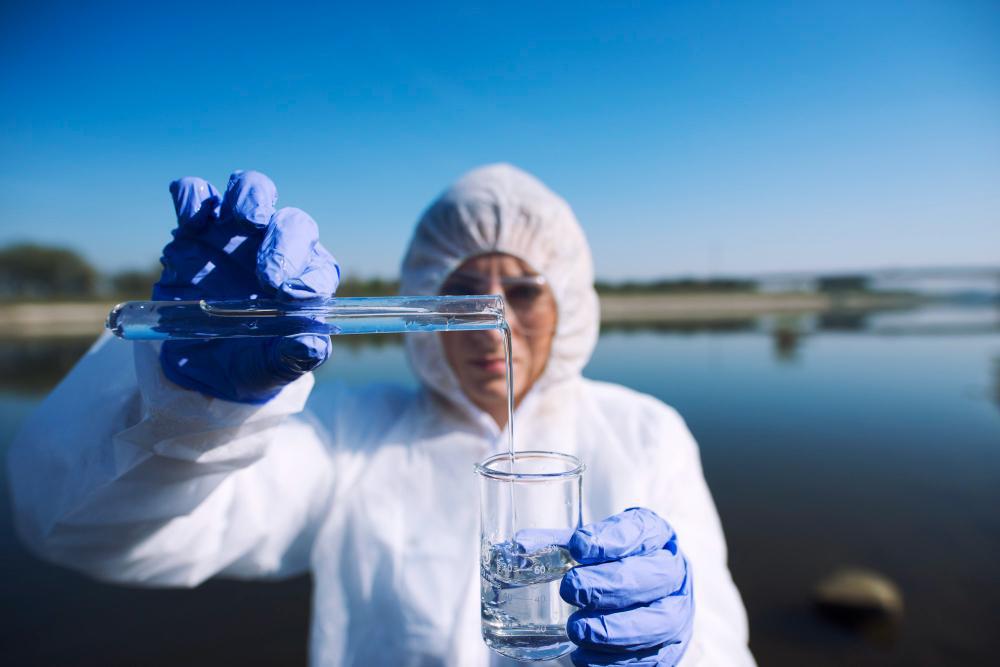
Source: Wikimedia
However, scientists working out of the University of Utah have recently revealed they stumbled upon a third animal living in the Great Salt Lake, which had previously lived out of sight deep beneath its waters.
Worms Living Deep Beneath the Lake
After carefully breaking up chunks of calcium carbonate mud, known to scientists as microbialites, the researchers came across their new discovery.
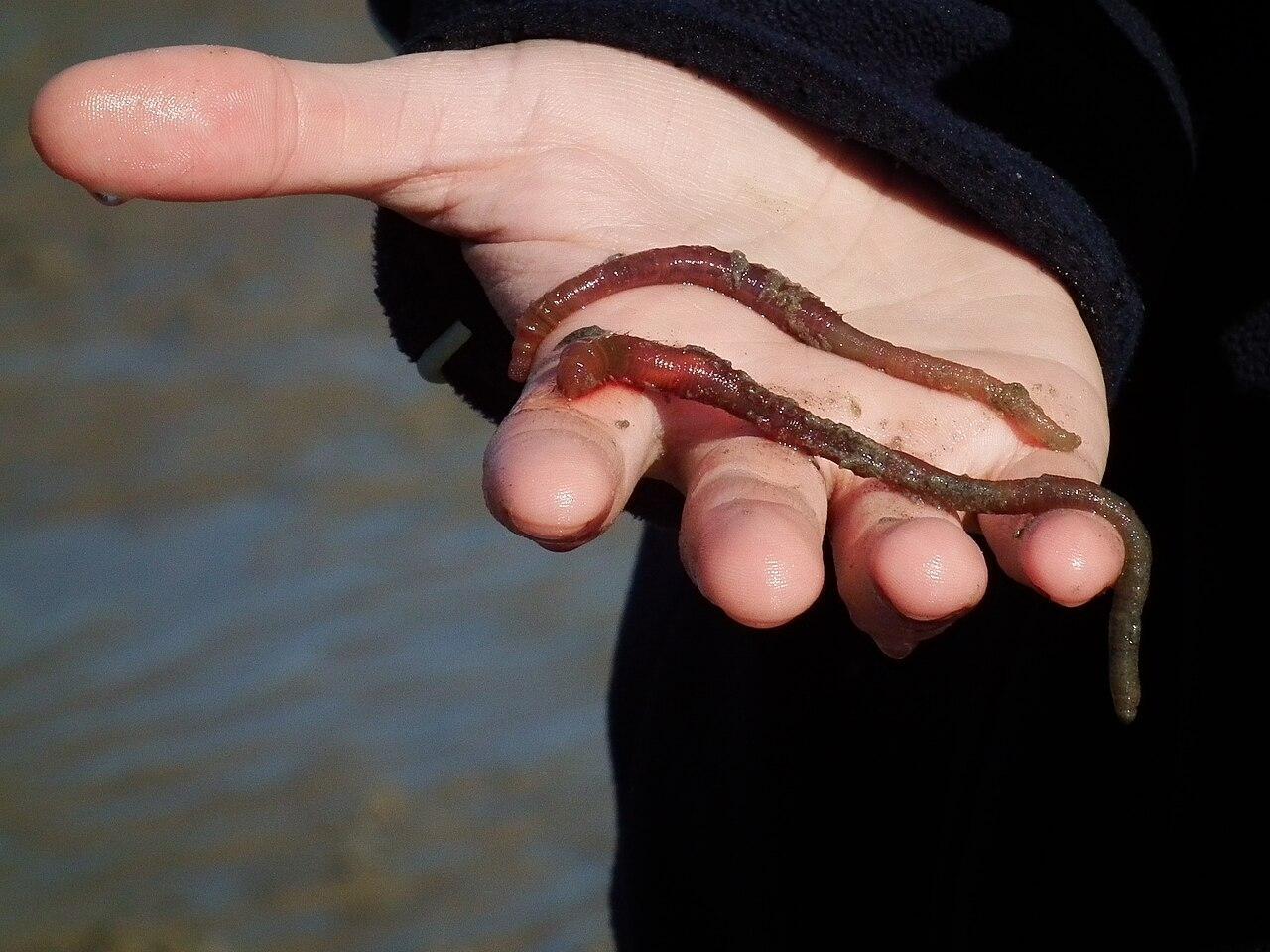
Source: Roundworms
Within the clumps, which were built by microorganisms, the scientists discovered the presence of several species of worms known as nematodes, living deep beneath the surface of the Great Salt Lake.
Researchers Publish Their Findings in the Royal Society Journal
According to the researchers, who shared their discovery in a study published in “The Royal Society,” the Great Salt Lake is the most saline place in which such worms have ever been discovered.

Source: Wikimedia
Nematodes are known as creatures that can adapt and live in extremely inhospitable places around the world.
Biologists Begin Exploring the Possibility of Undiscovered Life at Utah’s Salt Lake
The work that eventually led to this exciting discovery began back in 2021, when biologists Michael Werner and Julie Jung led their colleagues to the lake in search of the worms.

Source: Freepik
“At first, it was just scooping up segment samples. But then once we noticed microbialites, we shoveled little chunks of them, tried to preserve the layers, and brought them back to the lab,” said Jung.
The Process of Discovering Nematodes
Numerous biologists had failed in the past during attempts to discover alternative lifeforms in the Great Salt Lake.
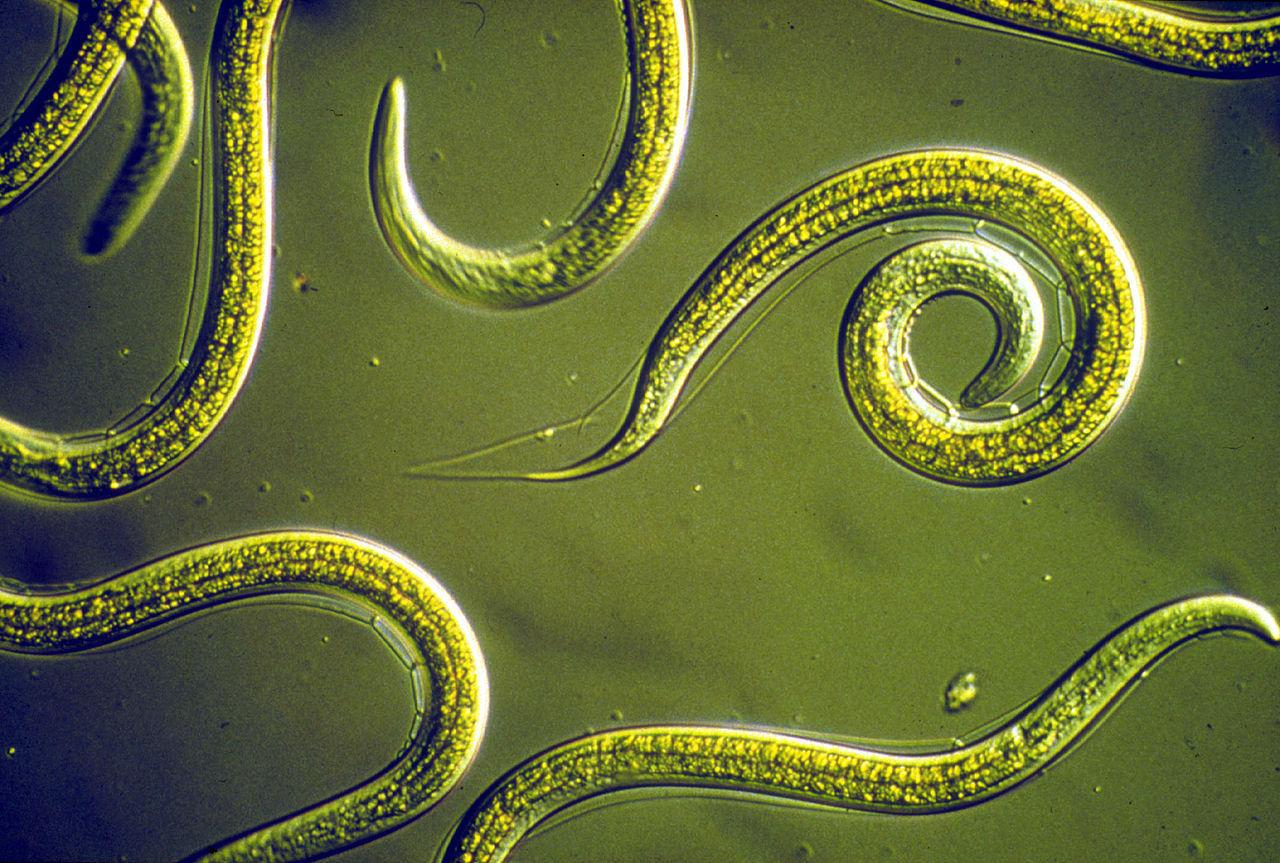
Source: Wikimedia
However, Jung and Werner succeeded by using a complex set of techniques that involved separating macromolecules such as DNA and proteins, enabling them to identify several species of nematodes.
Biologist Previously Failed to Discover the Nematodes
Regarding Jung and Werner’s work, Bryon Adams, a biologist from Brigham Young University who consulted on the discovery, said, “I’d looked there myself for them, but I didn’t look in the same places.”

Source: Freepik
“Even today, we’re discovering these amazing things about this lake that’s been sitting on our doorstep for 170 years,” he added.
Scientists Study the Roundworms in their Lab
According to the researchers, the small worms fed on the bacteria that live on the lake bed. As the scientists from the University of Utah could not study the nematodes in the lab, they turned their focus to another roundworm known as Caenorhabditis elegans.
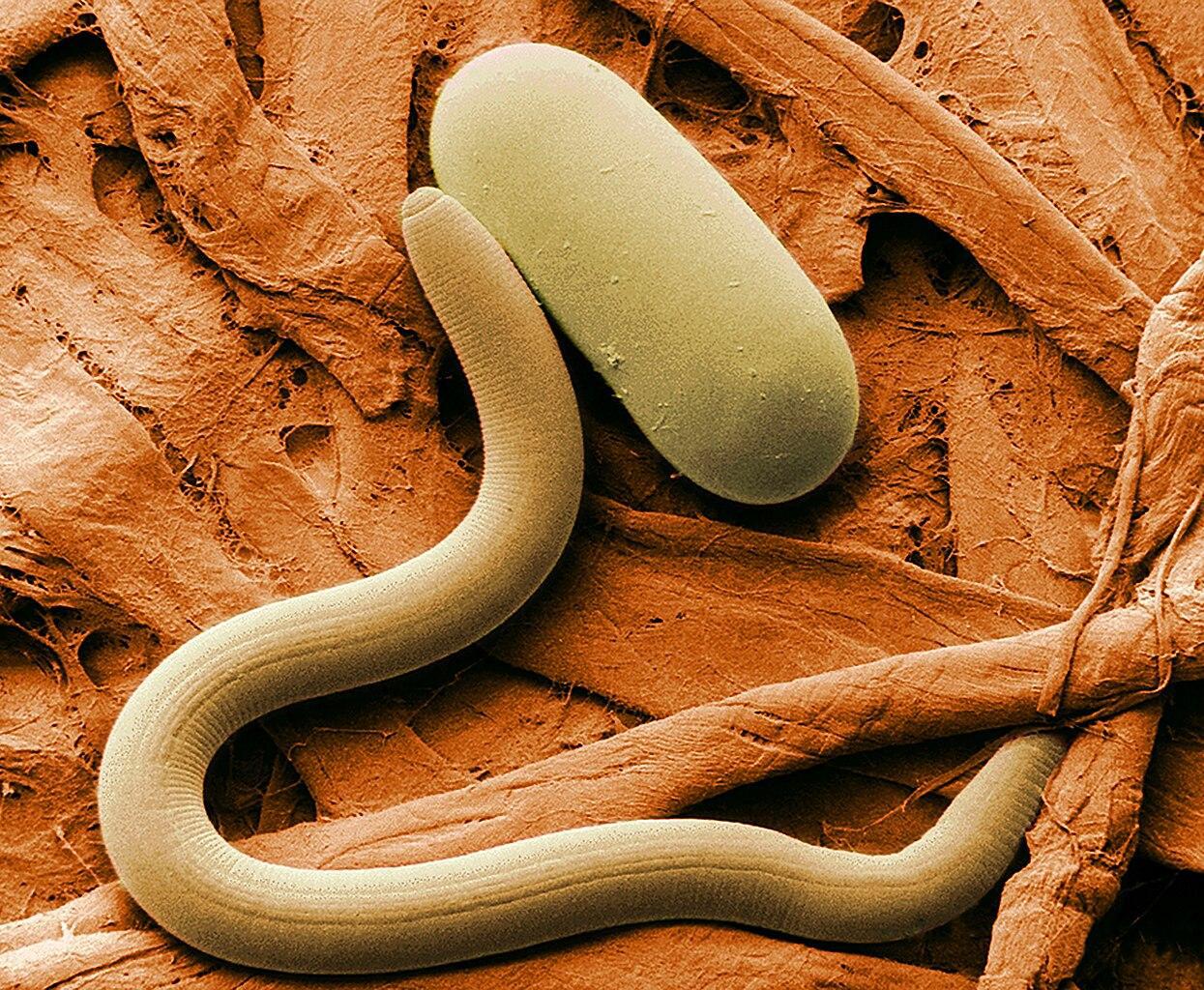
Source: Wikimedia
The researchers fed the worms E. coli and other bacteria from the lake during experiments. At the same time, the worms were exposed to the harsh salinity of the Great Salt Lake, which was well above the regular environmental salinity for the C. elegans.
Scientists Make a Fascinating Discovery
The scientists were fascinated by the culmination of the experiment. The worms that ate the E. coli perished within five minutes. However, those who feasted on the microbes found within the Great Salt Lake survived for over a day.

Source: Wikimedia
“We didn’t expect it to work, but it did,” said Werner. The results suggest that the diet of the nematodes in the Great Salt Lake plays a significant role in their ability to survive in such saline conditions.
Pressing Issues at the Great Salt Lake
Despite the fascinating discovery, the Great Salt Lake is a shell of its former glory. As the banks continue to recede and water is drawn away for human use, the lake is rapidly drying out. Some scientists propose that the lake is less than five years old before the ecosystem collapses.
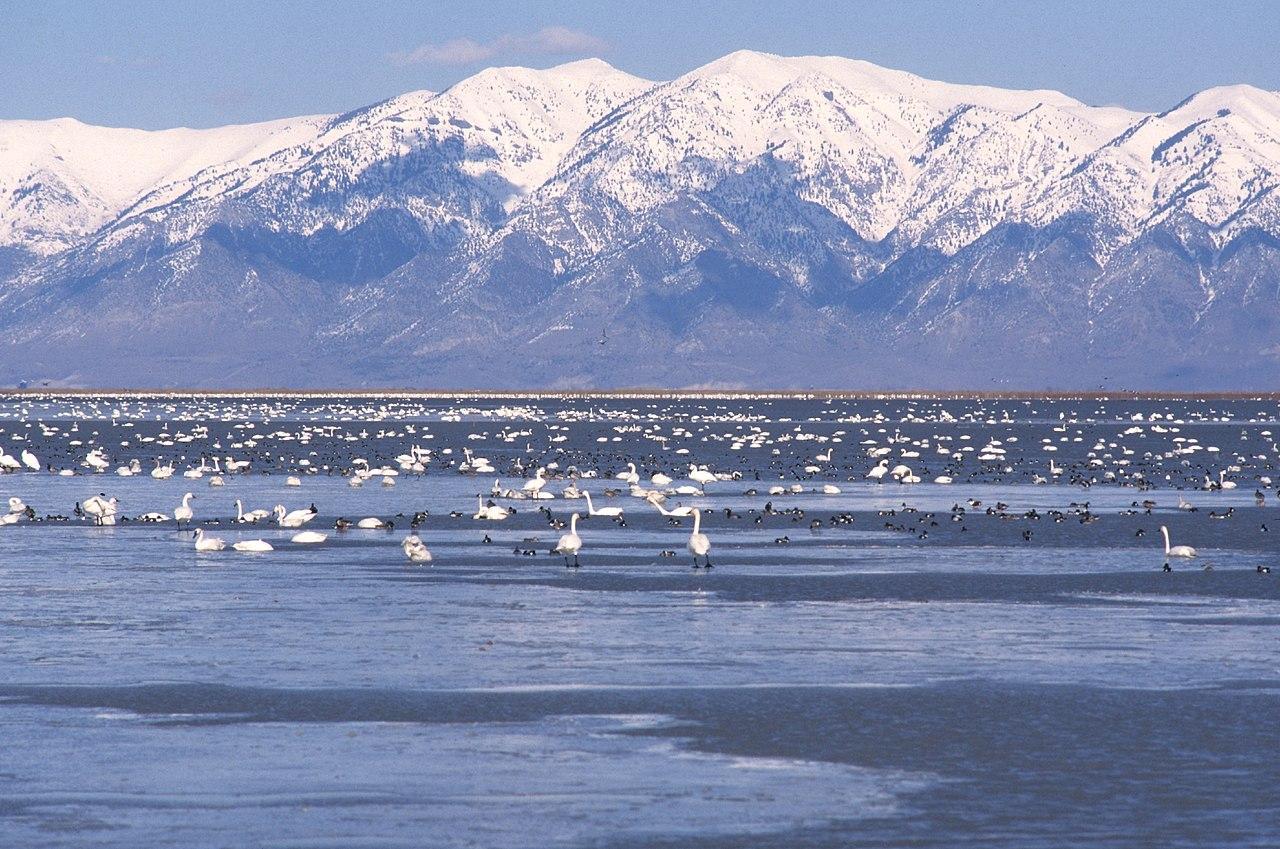
Source: Wikimedia
“There is a pressing need to understand this lynchpin community and the limits of their habitability,” said Werner, Jung, and their colleagues.
